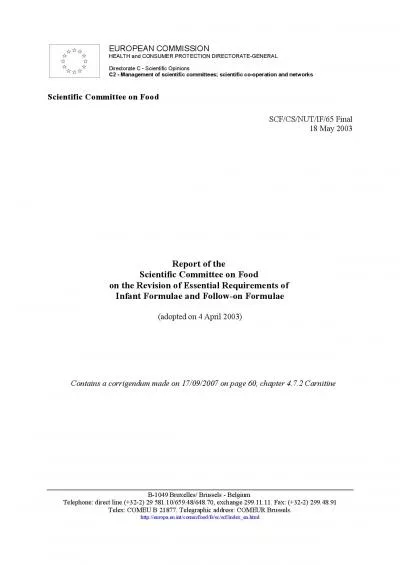PPT-Writing formulae
Author : tatiana-dople | Published Date : 2016-08-07
Objectives To learn how to write formulae for compounds Outcome you should be able to write the formulae for inorganic covalent compounds and ionic compounds comprising
Presentation Embed Code
Download Presentation
Download Presentation The PPT/PDF document "Writing formulae" is the property of its rightful owner. Permission is granted to download and print the materials on this website for personal, non-commercial use only, and to display it on your personal computer provided you do not modify the materials and that you retain all copyright notices contained in the materials. By downloading content from our website, you accept the terms of this agreement.
Writing formulae: Transcript
Download Rules Of Document
"Writing formulae"The content belongs to its owner. You may download and print it for personal use, without modification, and keep all copyright notices. By downloading, you agree to these terms.
Related Documents

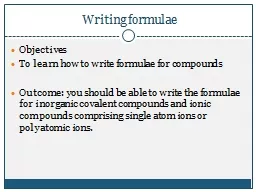
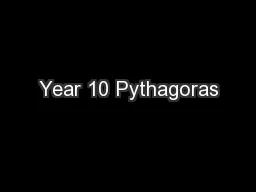
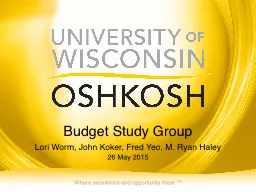
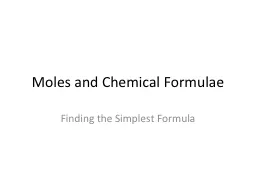
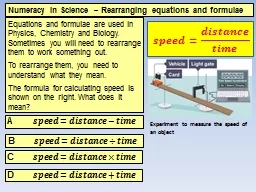
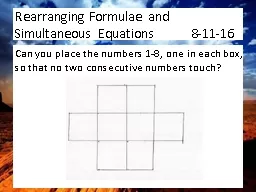
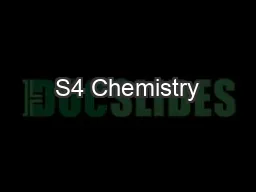
![[READ] - 180 Days of Writing for Fifth Grade - An Easy-to-Use Fifth Grade Writing Workbook](https://thumbs.docslides.com/901394/read-180-days-of-writing-for-fifth-grade-an-easy-to-use-fifth-grade-writing-workbook-to-practice-and-improve-writing-skills.jpg)
![[EPUB] - 180 Days of Writing for Second Grade - An Easy-to-Use Second Grade Writing Workbook](https://thumbs.docslides.com/901424/epub-180-days-of-writing-for-second-grade-an-easy-to-use-second-grade-writing-workbook-to-practice-and-improve-writing-skills.jpg)
![[EBOOK] - Teaching Writing in Kindergarten: A Structured Approach to Daily Writing That](https://thumbs.docslides.com/901683/ebook-teaching-writing-in-kindergarten-a-structured-approach-to-daily-writing-that-helps-every-child-become-a-confident-capabl.jpg)
![[EBOOK] - 180 Days of Writing for First Grade - An Easy-to-Use First Grade Writing Workbook](https://thumbs.docslides.com/901798/ebook-180-days-of-writing-for-first-grade-an-easy-to-use-first-grade-writing-workbook-to-practice-and-improve-writing-skills.jpg)
![[READ] - The Only Writing Series You\'ll Ever Need - Grant Writing: A Complete Resource](https://thumbs.docslides.com/905612/read-the-only-writing-series-you-ll-ever-need-grant-writing-a-complete-resource-for-proposal-writers.jpg)
![[EBOOK] - Ecologies of Writing Programs: Program Profiles in Context (Writing Program](https://thumbs.docslides.com/906283/ebook-ecologies-of-writing-programs-program-profiles-in-context-writing-program-adminstration.jpg)
